
Hydroponic fruit production can yield bountiful harvests while offering the satisfaction of growing your own fresh produce, full of flavour.
Growing fruits can be more challenging than growing leafy greens, and there are a number of things you will need to think about when it comes to care. But it is possible to grow fruits hydroponically indoors or outside, as long as you bear the requirements for specific fruiting plants in mind.
In this comprehensive guide, we'll delve into the top 10 fruits ideal for hydroponic systems, with guidelines to help you do so successfully. But first, here are a few general tips for growing fruit in a hydroponic system:
Tips for Growing Fruit in a Hydroponic System
- Choose fruits suited to the hydroponic or aquaponic growing system you have chosen.(Not all fruits can be grown in all hydroponic systems.)
- Understand the growth habits and lifecycles of the fruits you have chosen to grow.Support structures may be required in certain cases. Some fruiting plants are annual, some perennial and enduring over multiple years.
- For fruiting plants, adequate lighting is typically very important, whether this comes from the sun or artificial light sources.
- Fruiting plants will also need macro and micro-nutrients to fruit successfullyand for their fruits to mature as they should. So the right nutrient solutions are essential to success.
- Consider pollination.Especially when growing hydroponically indoors, you may also need to take steps to hand-pollinate your crop when insects might not be around to do the job for you.
Top Fruits to Grow Hydroponically
There are many fruits that can potentially be grown within a hydroponic system, some much easier than others. Here are our top ten choices for your consideration:
1. Strawberries

Wonderful for beginners, strawberries are one of the most popular and easiest fruits to grow in hydroponic or aquaponic systems. They thrive within systems at any scale, and are well suited to a hydroponic system that employs the nutrient film technique, or in vertical tower systems.
Strawberries, Fragaria x ananassa, need proper airflow and light to thrive. Space plants well, make sure the area is ventilated, and provide direct sunlight for at least 6-8 hours per day, or good quality LED lighting (run from renewable power sources for sustainability) for 12-16 hours a day.
If providing enough light is a challenge, you might also consider growing strawberries with lower light requirements, such as alpine strawberries, or woodland strawberries, Fragaria vesca, or wild strawberries, such as Fragaria virginiana. These can also grow in hydroponic systems.
Temperatures should ideally remain between 15 and 27 degrees C. and humidity should ideally be maintained at between 60 and 70%.
2. Tomatoes

One thing to recognise is that a number of the fruits grown in hydroponic systems are ones that we sometimes think of as vegetables rather than fruits. But botanically speaking, these are all the fruits of the plants on which they grow. Tomatoes are one example.
Tomatoes are another common, popular and relatively easy choice for hydroponic growing systems, as long as you choose suitable varieties and the right growing system.
Be sure to choose indeterminate varieties bred for greenhouse or hydroponic cultivation, and set up a suitable system. Tomatoes can be grown in many hydroponic systems, from nutrient film technique system, to ebb-and-flow, dutch bucket, or deep water culture systems, as long as their nutrient needs are met and they have the right support and environmental conditions.
Prepare a balanced hydroponic nutrient solution or, alternatively, use a specifically formulated tomato nutrient blend. Better yet, set up a closed loop aquaponic system so that fish and micro-organisms within the system give your tomatoes the nutrients they need. Make sure that the pH is within the optimal range for tomatoes (typically 5.5 to 6.5).
Ensure that tomatoes get plenty of sunlight or supplement with artificial LED grow lights so that tomatoes receive 12 to 16 hours of light per day. Tomatoes grown in hydroponic systems will typically do best in a humidity range of 60% to 80%.
3. Sweet Peppers

Peppers (Capsicum annuum) are related to tomatoes and are also technically a fruit though they are often considered vegetables. A wide range of peppers can be grown in hydroponic systems, including a wide range of sweet peppers, or bell peppers as they are also known.
Like tomatoes, peppers generally can be grown in a wide range of different hydroponic or aquaponic systems.
The environmental conditions required for sweet peppers are similar to those of tomatoes. The pH of your system, again, should be between 5.5 and 6.5 for best results. Sunlight is key for peppers too and as with tomatoes, you will need to provide plenty of sunlight, or grow lights 12-16 hours per day. Optimal daytime temperatures are 21-27 degrees C..
4. Cucumbers

Certain types and varieties of cucumbers are another top fruit to grow in hydroponic systems. Those specifically bred for greenhouse cultivation are typically good choices for growing in water-based systems.
Like the options above, cucumbers can be grown in a number of different hydroponic or aquaponic systems. Ultimately, the best hydroponic system for cucumbers will depend on your specific requirements and growing conditions. Consider factors such as space availability, desired yield, and level of automation when making your choices.
To succeed in growing cucumbers hydroponically, you should aim to provide plenty of sunlight, or grow lights 12-16 hours each day. Daytime temperatures should be between 24 and 29 degrees C., ideally with 18 -24 degrees during the night. Make sure vines are supported on trellis structures or stakes.
5. Banana Paper

Banana peppers are a type of chilli pepper that are typically mild to medium heat. Most have a mild and tangy flavour and are relatively sweet – becoming sweeter as they mature.
This pepper has the same requirements as other peppers in the Capsicum genus and is treated in a hydroponic system in much the same way as sweet peppers, listed above, since they also belong to the species Capsicum annuum.
Remember, for growing sweet peppers or chilli peppers you need plenty of light, and relatively high temperatures for best results. With larger varieties, support structures may be needed to prevent damage as fruits mature.
As well as banana peppers, jalapeno peppers, paprika, cayenne, and other chilli peppers are also all worth experimenting with in hydroponic or aquaponic systems.
6. Green Beans

Though we do not tend to think of them as fruits, green beans and other pod beans do fall into this category, and there are several that we might grow within a hydroponic system.
Green beans are usually the fruits of Phaseolus vulgaris, the common bean, though there are other beans that also give us pods that we use as vegetables.
In particular, dwarf varieties or bush beans are the best options for a hydroponic growing system, and these can successfully be grown in many different setups, including deep water culture and nutrient film technique systems.
As with other options on this list, you will need plenty of light to grow beans successfully indoors in a hydroponic system and good-quality grow lights will usually be required. Ideal temperatures for optimal growth, flowering and fruiting are between 18 and 29 degrees C. Though these plants are self-pollinating, shaking the plants may encourage better harvests.
7. Blueberries

Blueberries have the potential to thrive in hydroponic systems, provided that their unique requirements are carefully met. Cultivating blueberries hydroponically offers the advantage of precise regulation over crucial environmental variables such as nutrient concentrations, optimal pH levels, and adequate lighting conditions.
Blueberries are suitable for cultivation in numerous hydroponic systems including deep water culture, nutrient film technique and drip irrigation systems. A number of hybrid hydroponic systems can also work well.
One of the most important things to remember when growing blueberries hydroponically is that they require an acidic pH. Blueberries thrive in acidic conditions with a soil pH range between 4.5 and 5.5 and any substrate and nutrient solution should be decided upon with this in mind.
Place the hydroponic system in a location with at least 6 to 8 hours of direct sunlight per day, or supplement with grow lights to provide sufficient light intensity.
Blueberries thrive when exposed to full-spectrum light that emphasizes blue and red wavelengths. These wavelengths are essential for supporting photosynthesis and flowering, promoting optimal growth and fruit development.
Aim for daytime temperatures of 15°C to 21°C and nighttime temperatures of 10°C to 15°C.. Humidity of around 50-60% is ideal.
Remember, unlike all of the above except strawberries, blueberries are typically grown as a perennial rather than as an annual crop.
8. Mini Eggplant

Another relative of both the tomato and peppers that you might like to attempt to grow in a hydroponic growing system is the eggplant, or aubergine as it is known elsewhere. Though this is somewhat more challenging than the options above.
If you would like to grow eggplants hydroponically, it is best to opt for more compact mini eggplants with smaller fruit, which stand a better chance of ripening to maturity successfully.
Eggplants need plenty of light (either sunlight or good-quality LED grow lights) and high temperatures in order to fruit and for those fruit to mature successfully – ideally between 24 and 29 degrees C. during the fruiting stage. Temperatures must remain relatively stable and should not fluctuate extremely or this can severely impact fruit production.
Of course, they also need a carefully balanced nutrient solution. Ideally this should have a pH of between 5.5 and 6.5 and should contain all the macro and micro-nutrients that these plants require through the different growth stages.
9. Raspberries

Raspberries are not the easiest fruit to grow in a hydroponic system, but it is certainly possible to grow many varieties in this way.
One important thing to remember is that they require tailored nutrition as they progress through different growth phases. During the seedling stage, opt for a gentle nutrient solution with elevated nitrogen levels to encourage robust leaf and stem development.
As the plants transition into the flowering and fruiting stage, adjust the nutrient solution to contain increased potassium and phosphorus levels. This shift supports the formation of flowers and the development of ripe fruits. Aim for a pH at both stages between 5.5 and 6.5.
Where 6 to 8 hours of direct sunlight per day is not available, supplement with grow lights. Maintain temperatures of 15°C to 24°C during the day and 13°C to 18°C at night for best results.
Make sure plants have enough space and support, and prune as needed to maintain good health, taking the type and variety into account, remembering that some raspberries fruit on first year canes, some on the growth of the previous year.
10. Blackberries

Last but not least, certain blackberries can also be grown hydroponically. Like raspberries, they may be challenging for the beginner, and remember that most (with the exception of dwarf varieties) will take up a lot of space and can become large, sprawling plants.
Prepare a balanced hydroponic nutrient solution specifically formulated for blackberry plants at different stages of growth. And adjust the pH to the optimal range for blackberries (typically 5.5 to 6.5) to ensure proper nutrient uptake.
Ideally, maintain temperatures of 21 to 27 degrees C. during the day and 16 to 21 degrees C. at night for best results. Provide plenty of support as the canes grow.
Cultivating fruit hydroponically presents a chance to nurture a wide range of delicious and nutritious crops within carefully regulated indoor settings.
By carefully choosing appropriate fruit varieties, adopting suitable hydroponic or aquaponic setups, and following optimal plant care and management techniques, growers can revel in plentiful yields of fresh, top-quality fruits throughout the year.
Other Plant Hydroponic Growing Tips
If you are also interested in other hydroponic plants, please read related articles.
- The Best 11 Easy-To-Grow Vegetables in Hydroponics
- Top 10 Fruits to Grow in Hydroponic Systems
- Hydroponic Herbs: A Beginner's Top 10 List
- How to grow hydroponic cherry tomatoes Indoors: A Detailed Guide
- How to grow cilantro hydroponically indoors: A Beginner’s Guide
- How to grow Hydroponic Bell Peppers indoors: A Detailed Guide
- How to Grow Hydroponic Blueberries Indoors: A Detailed Guide
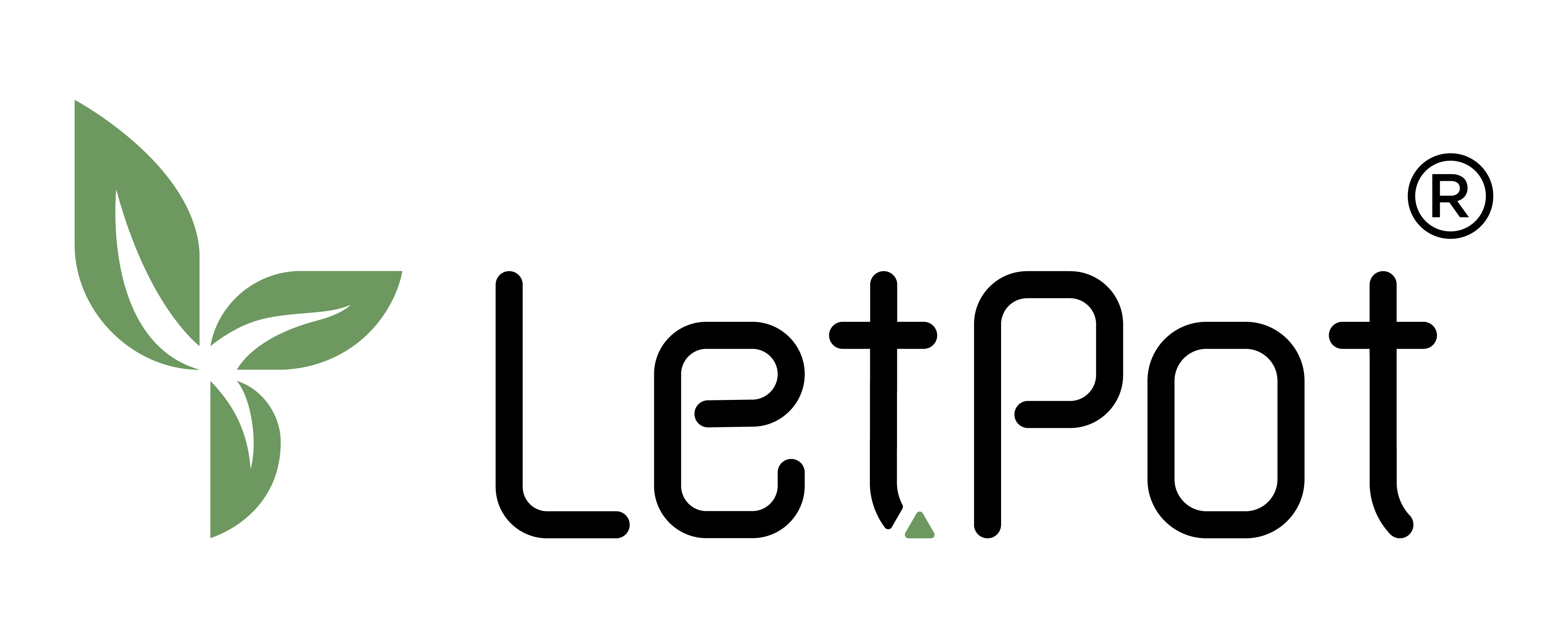

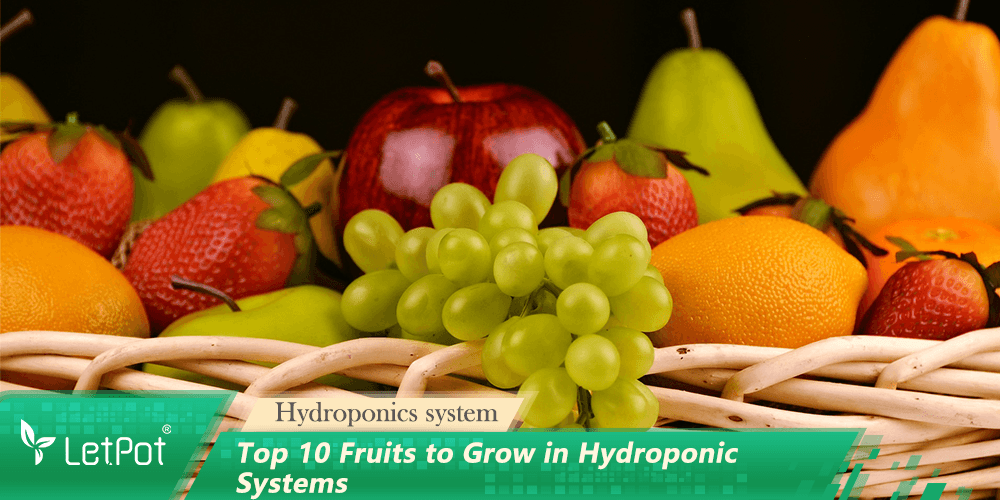
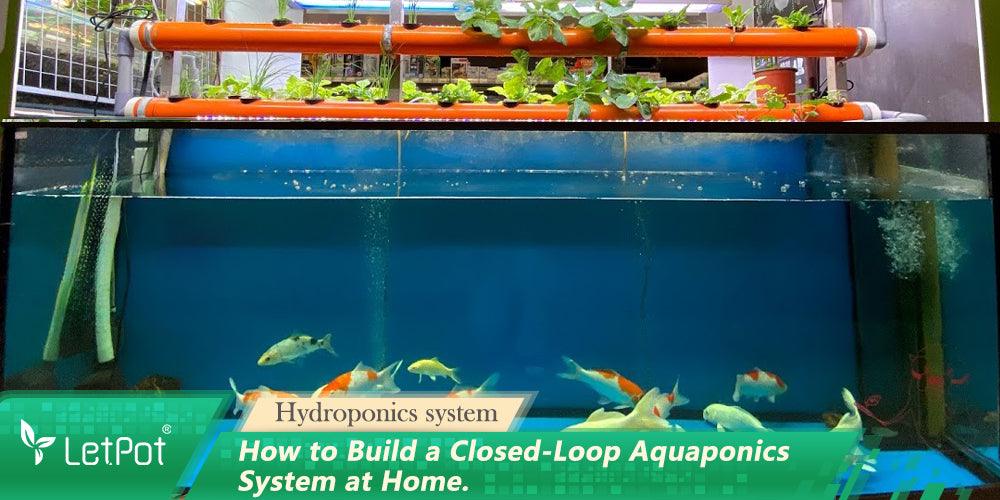
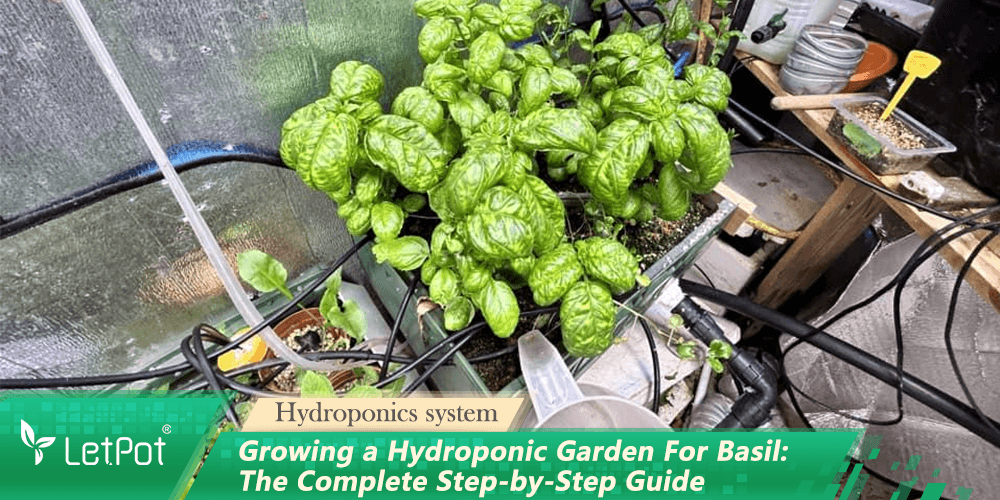
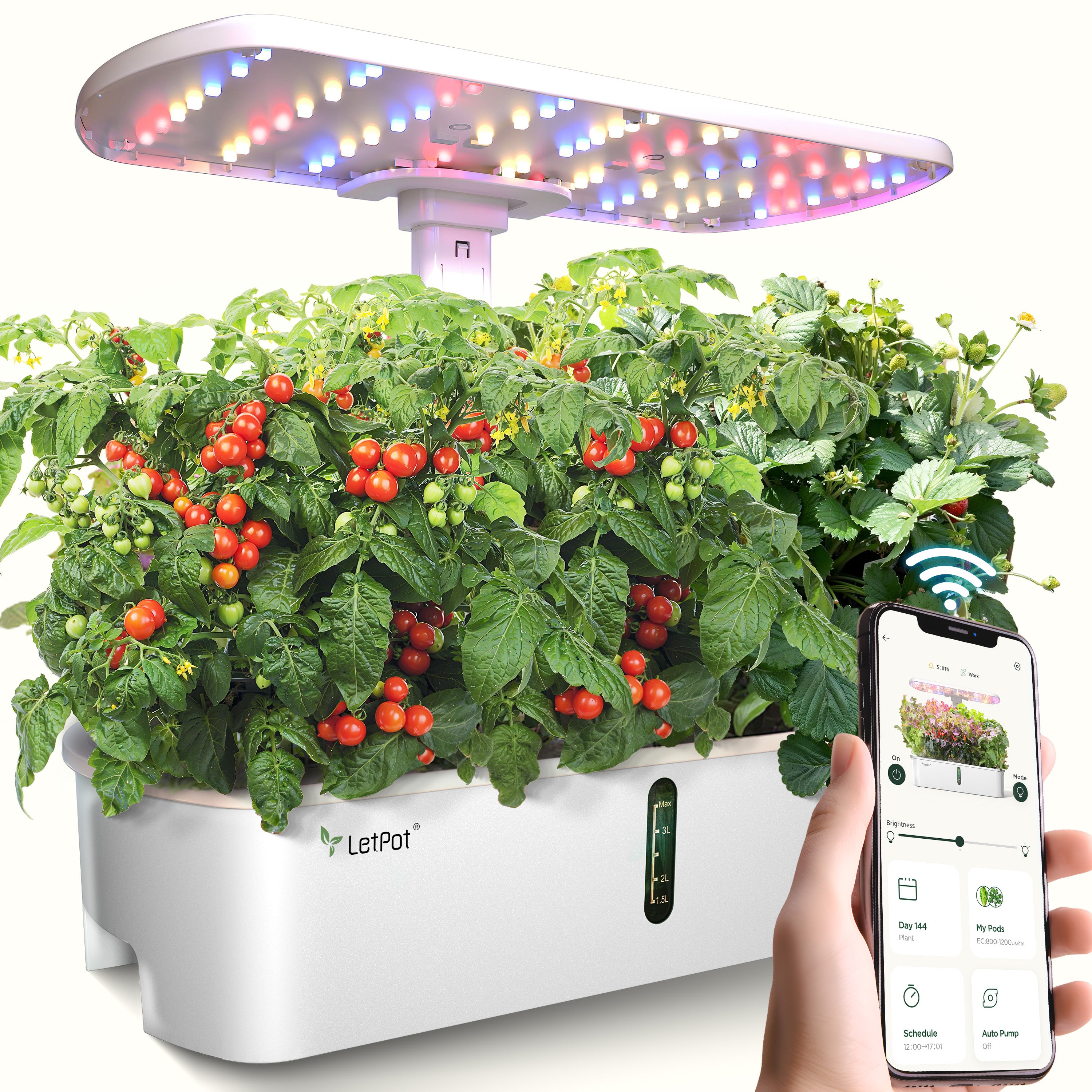
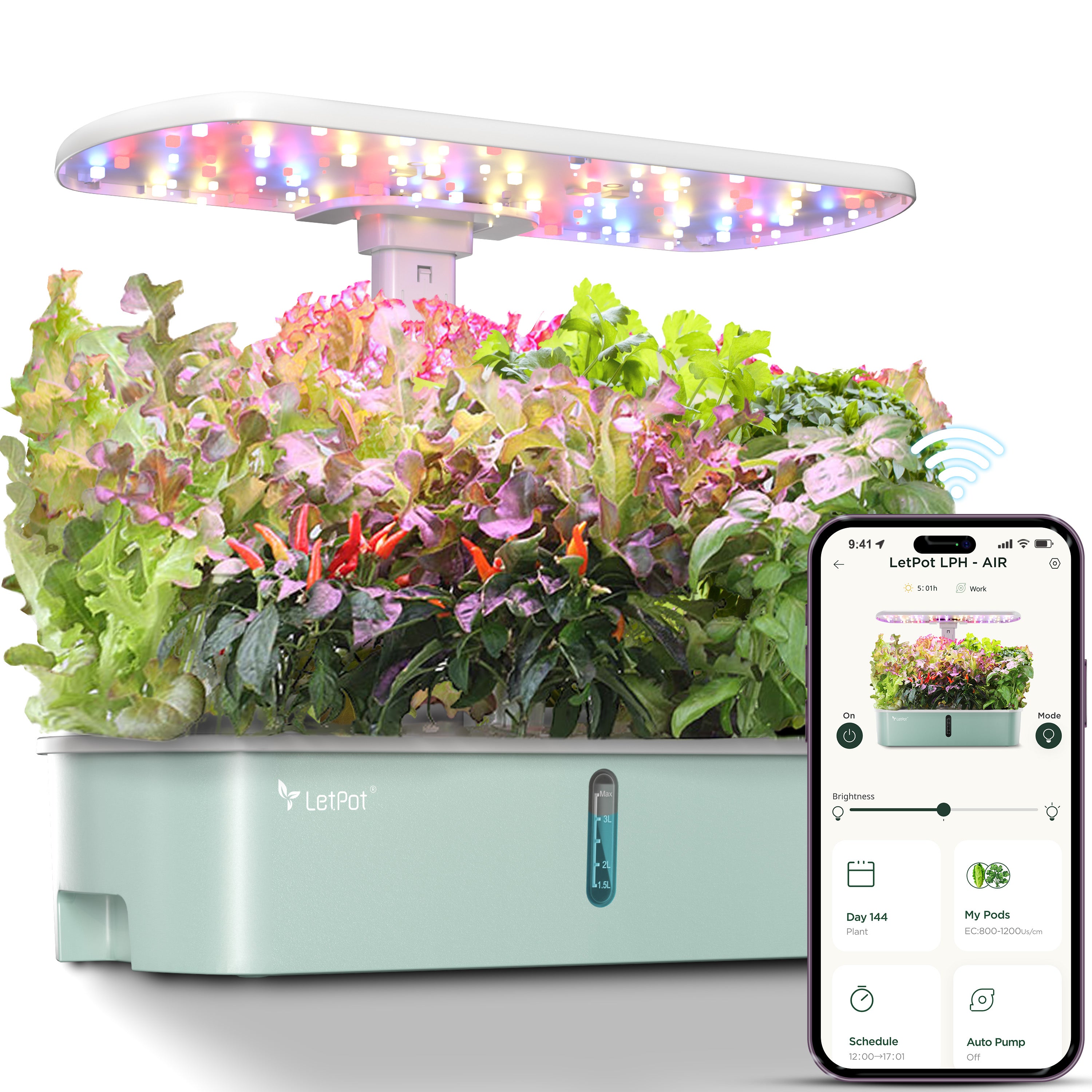
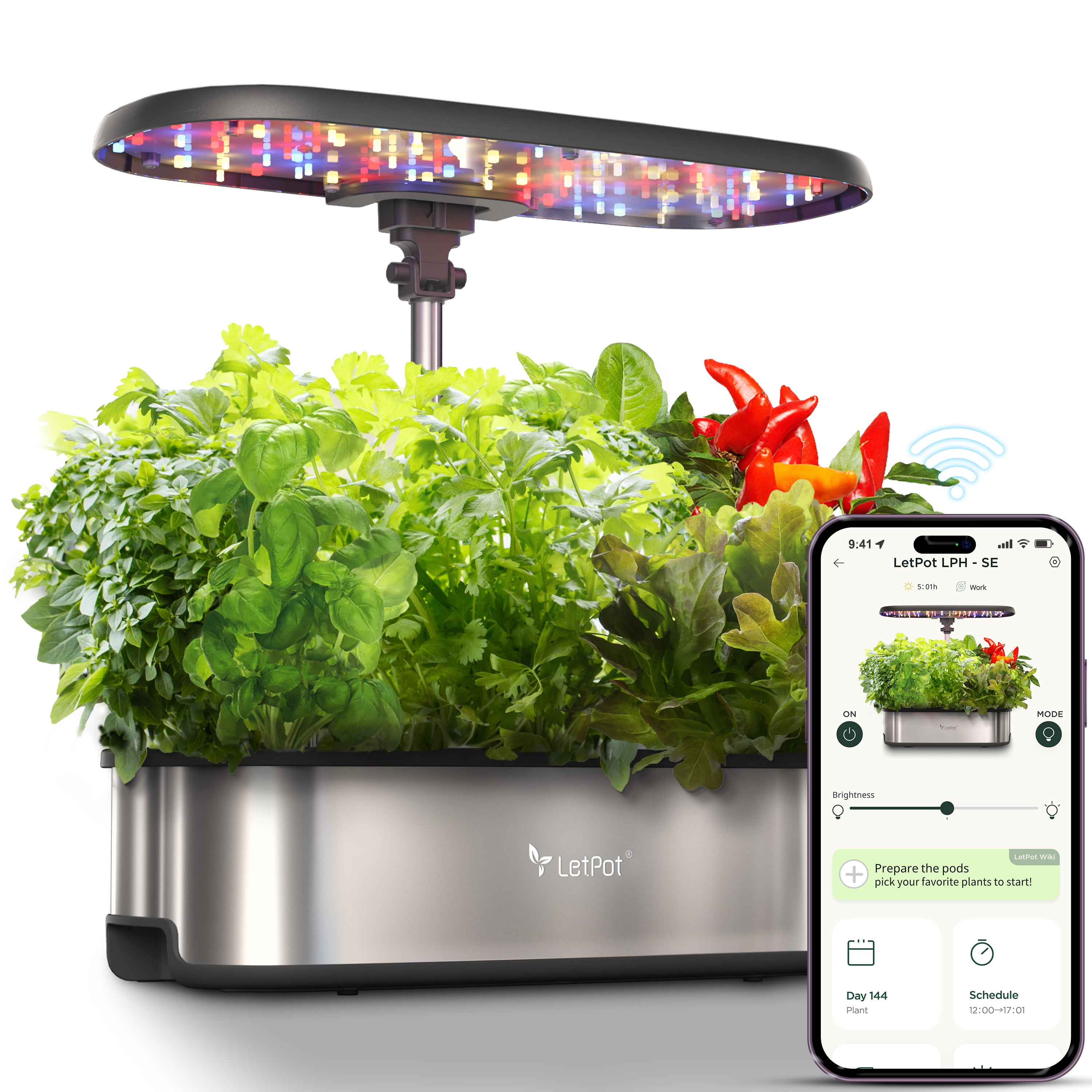
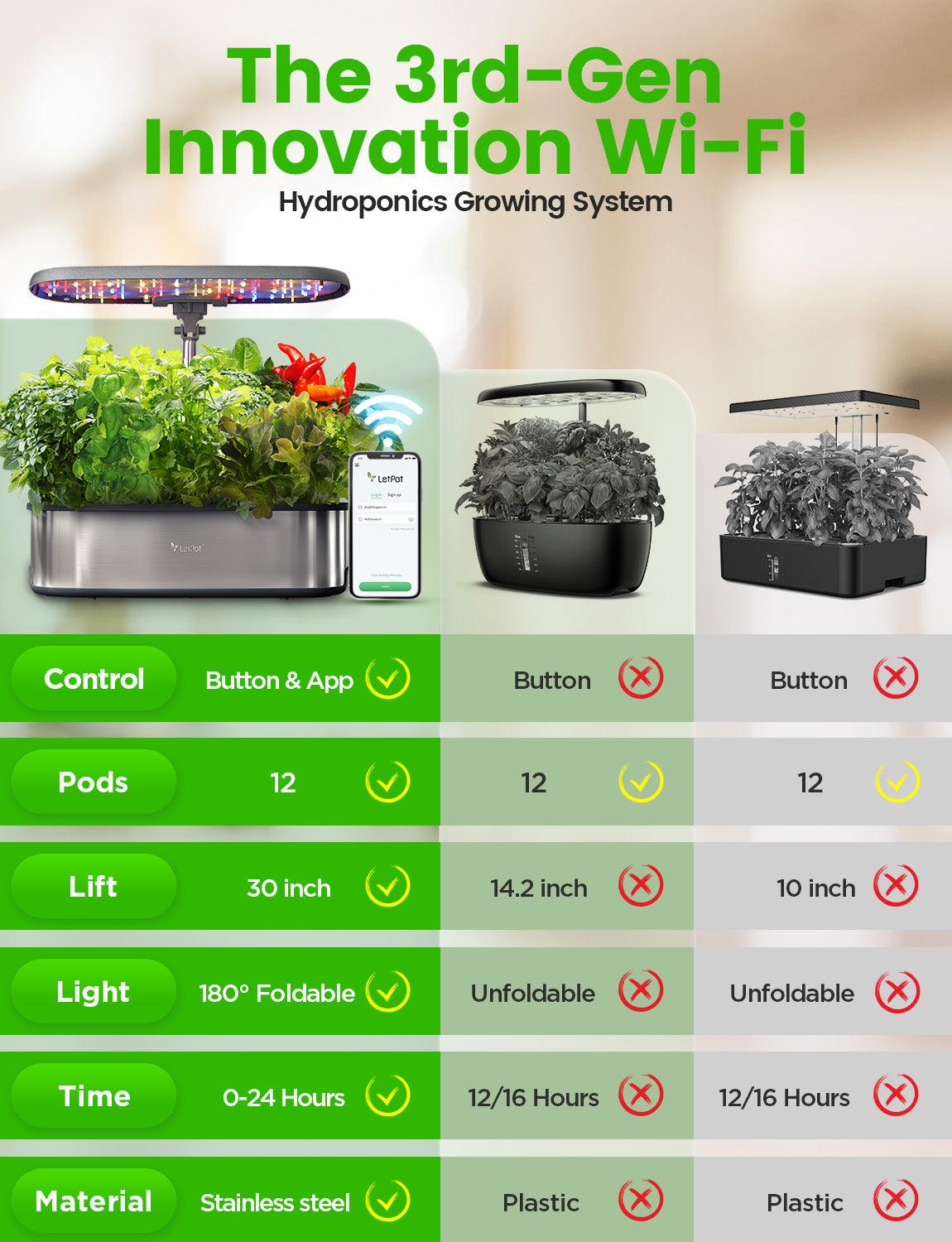
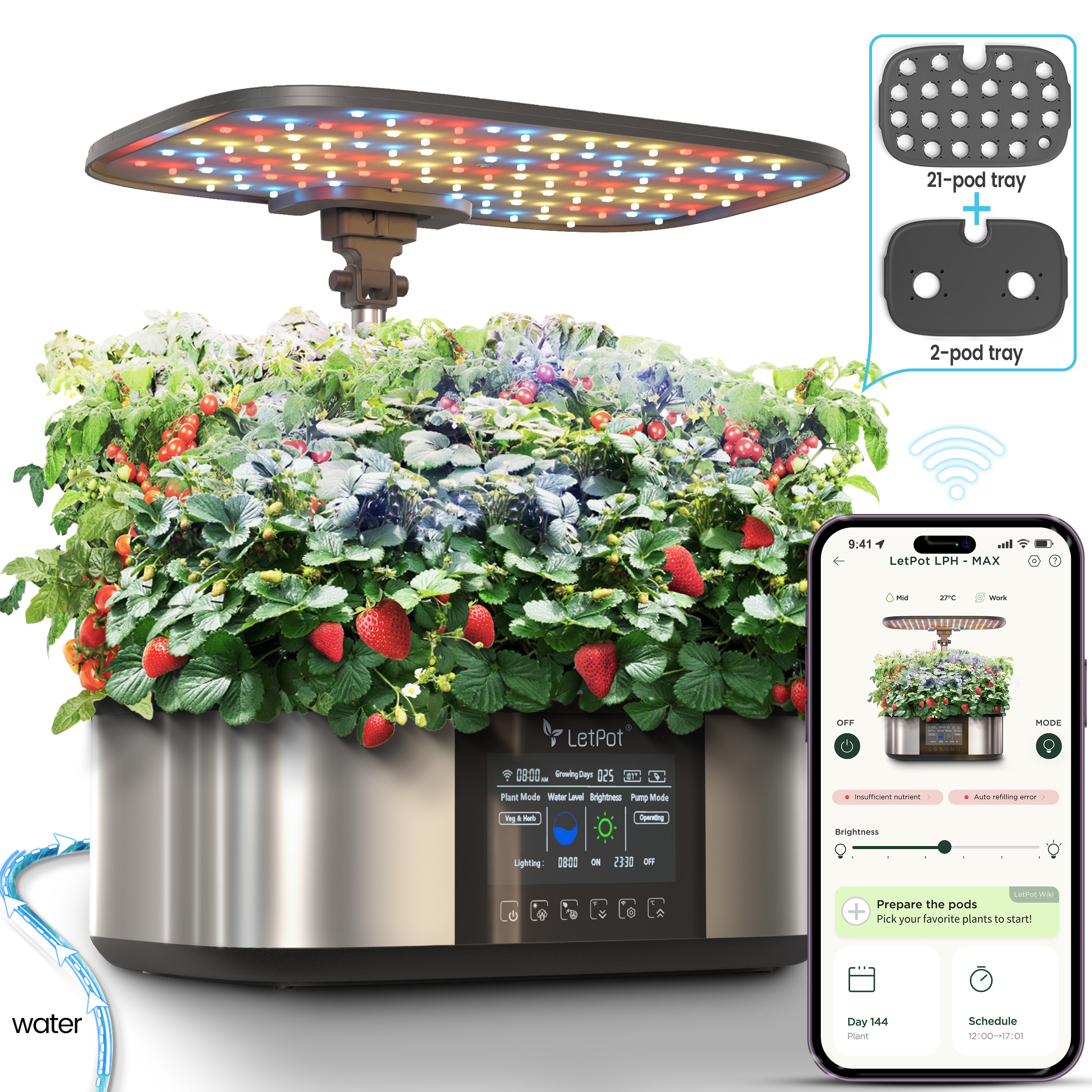
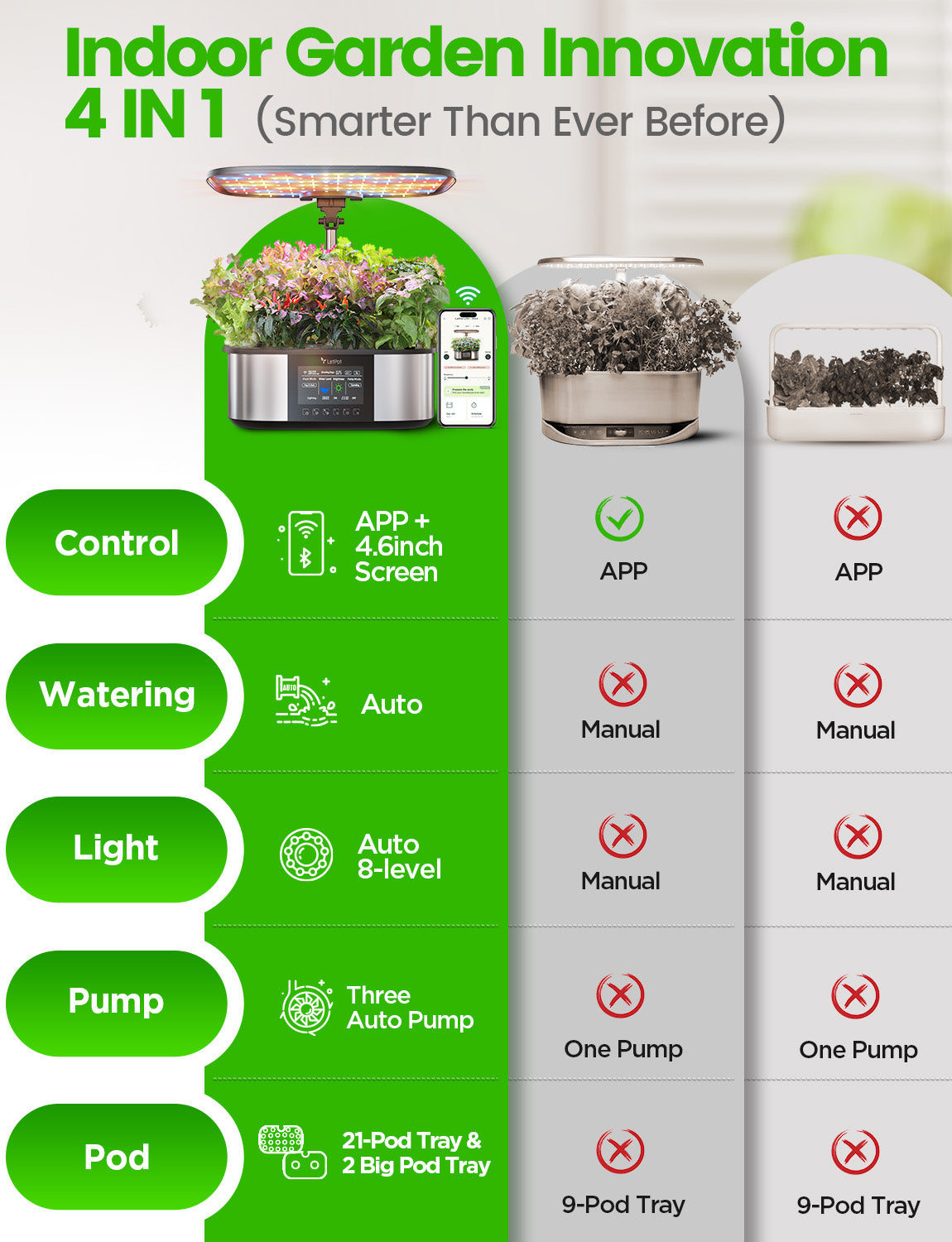
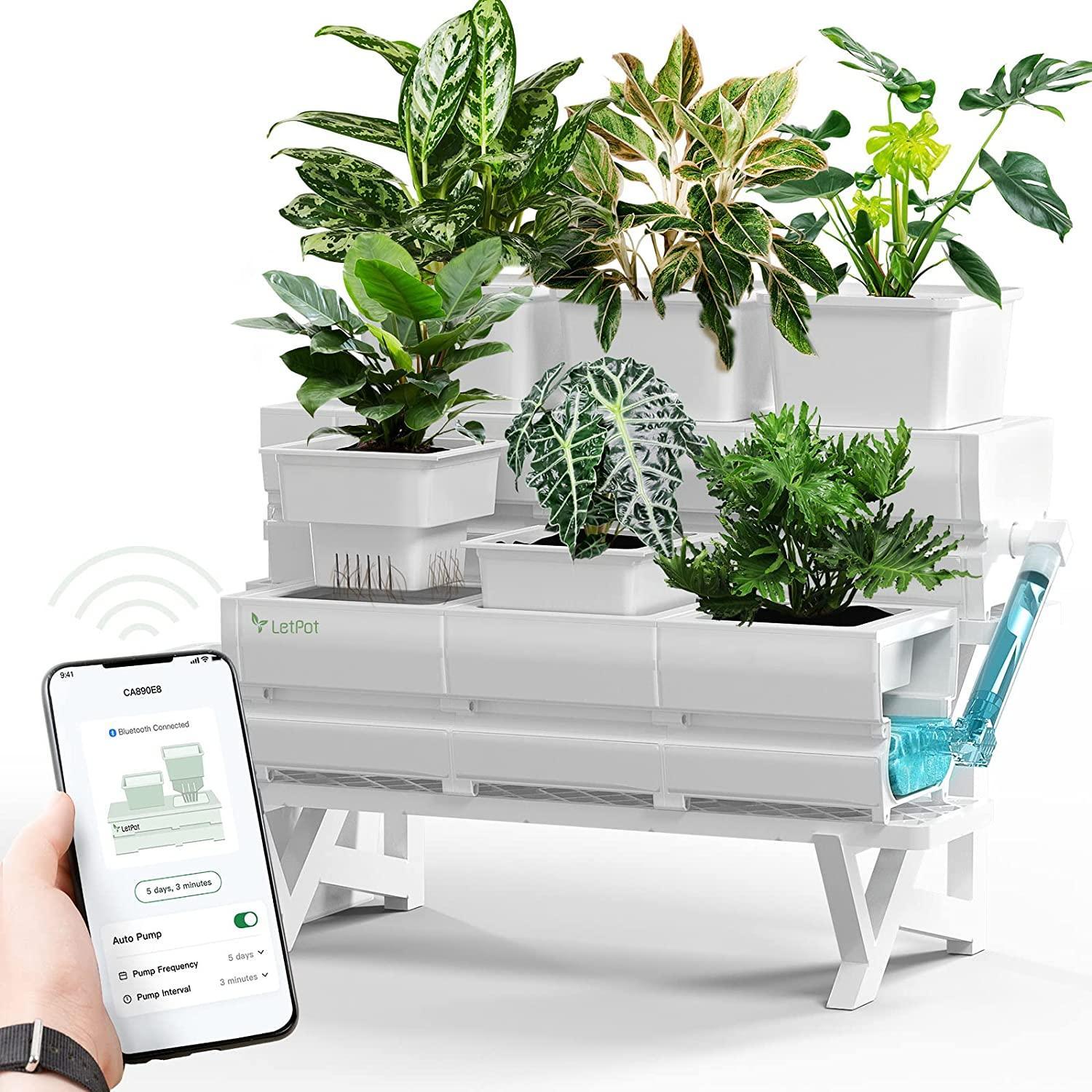
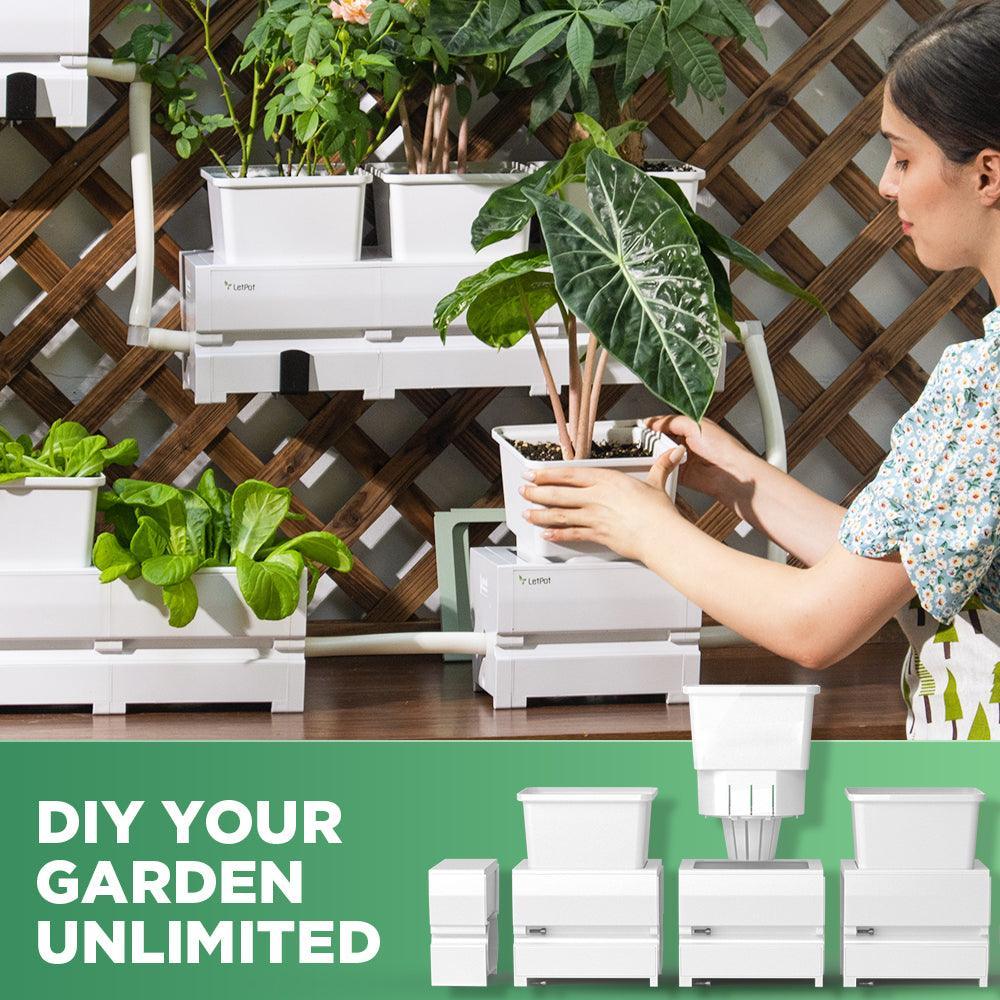
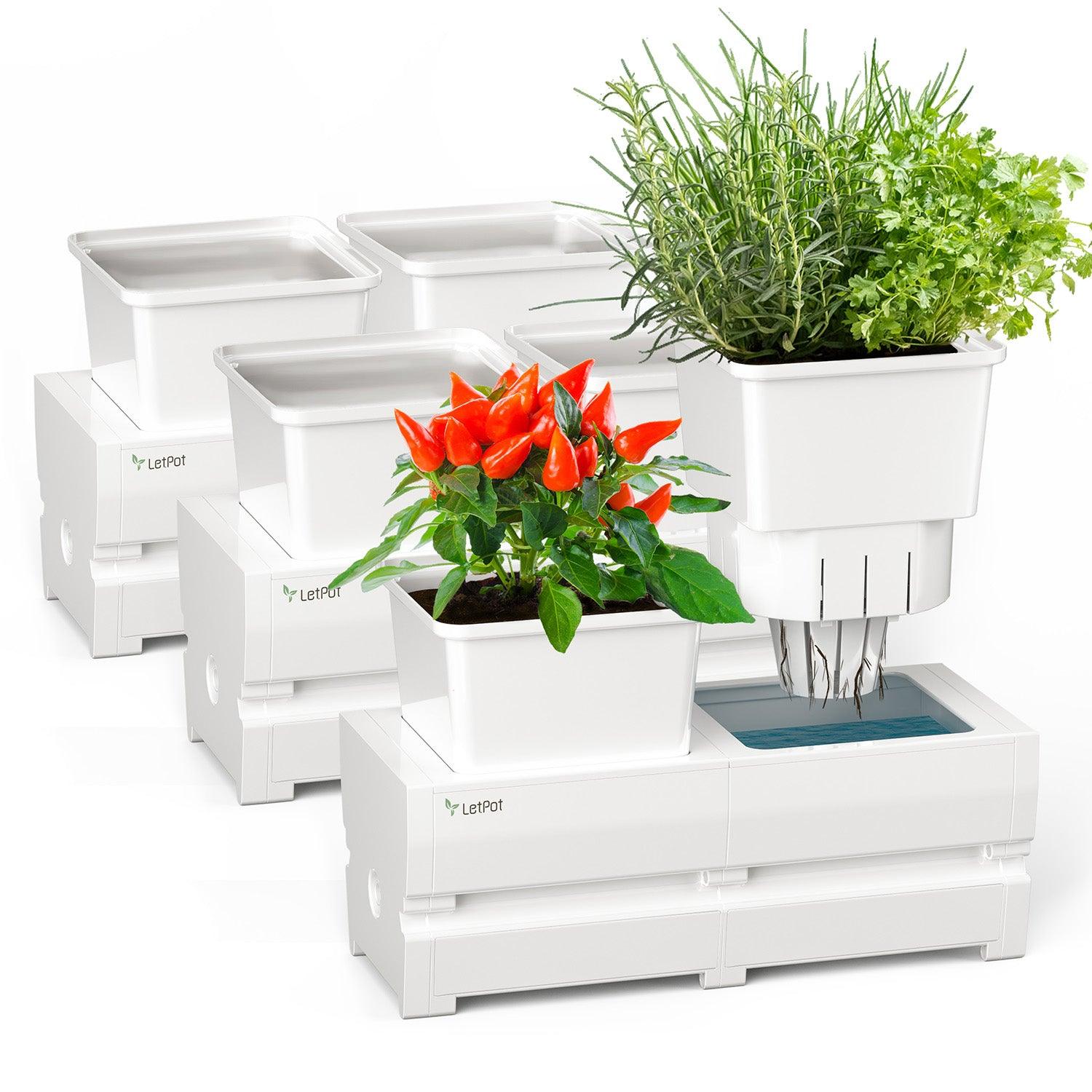


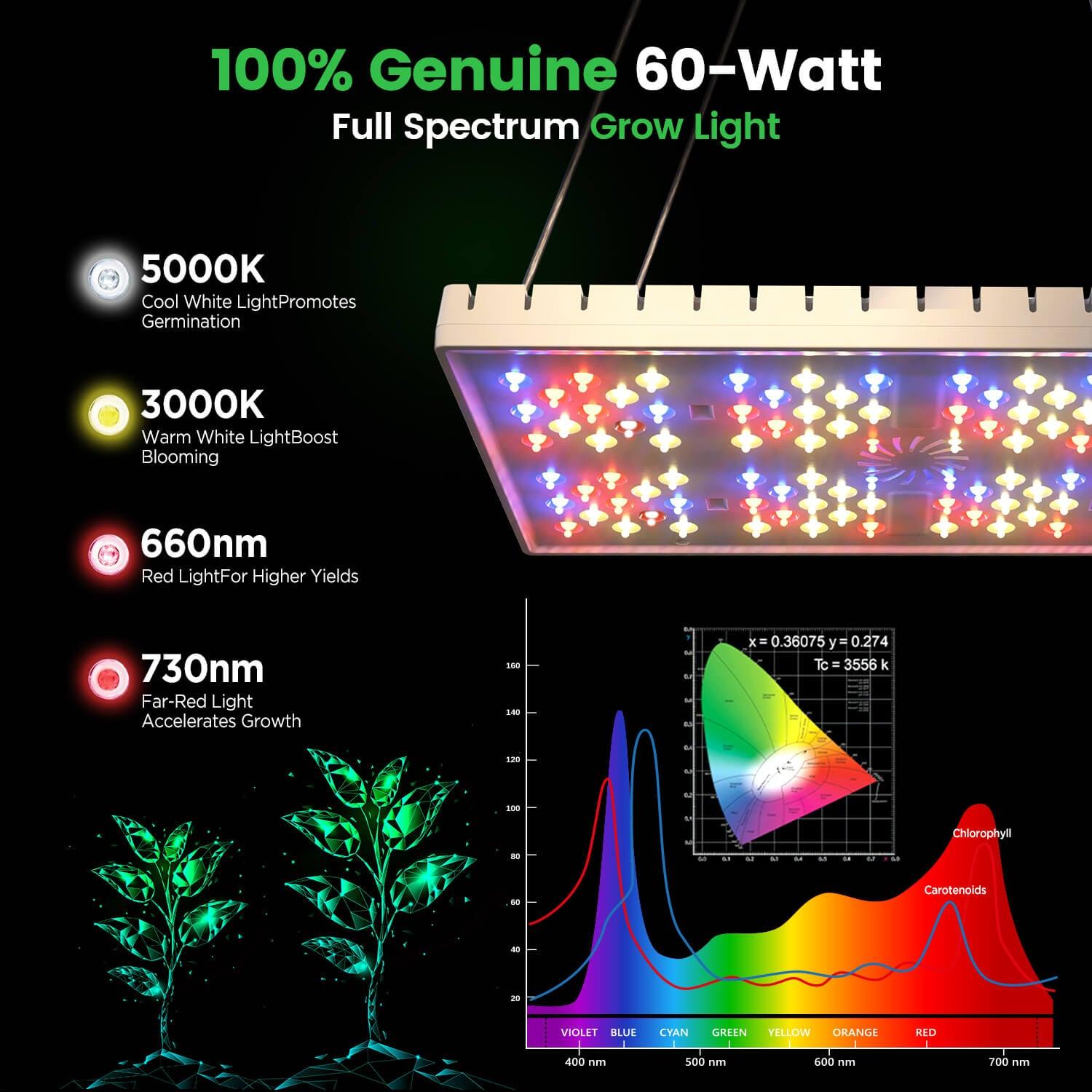
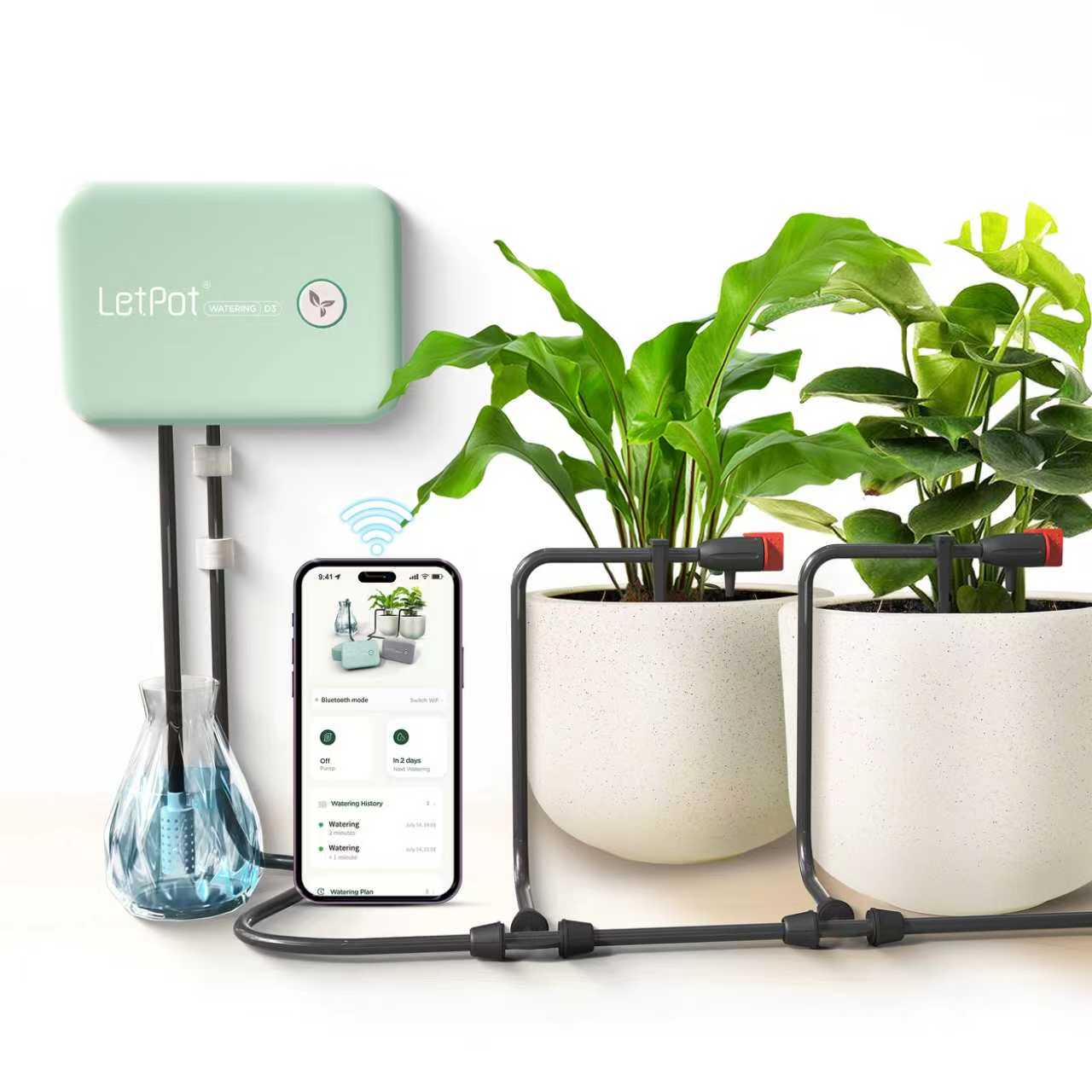

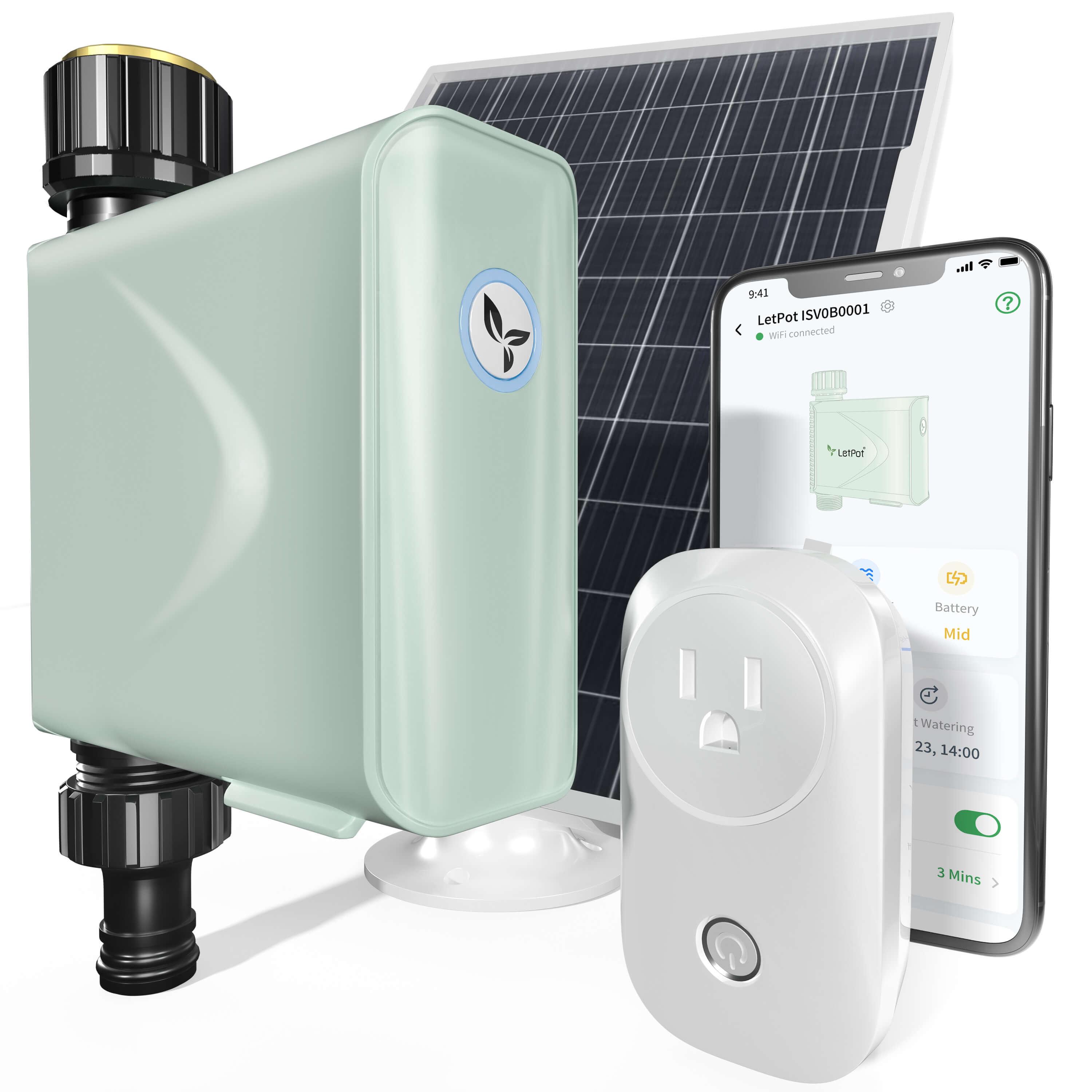
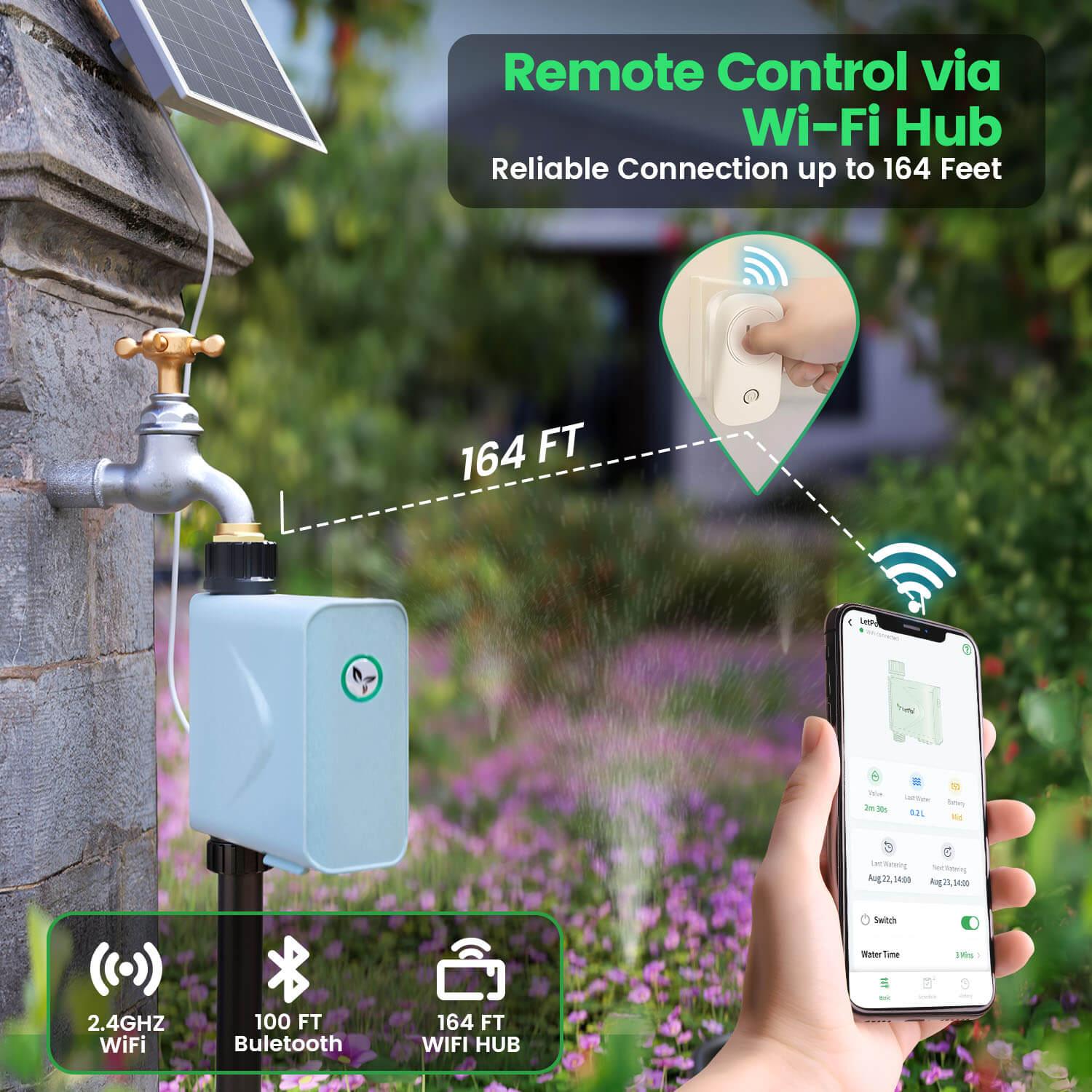

1 comment
Alexander Gill
“Banana Papers”
I thought it was just a funny typo, but I scroll down to “5. Banana Paper” which is even funnier considering just below it, it says Banana Peppers :D
Leave a comment
All comments are moderated before being published.
This site is protected by hCaptcha and the hCaptcha Privacy Policy and Terms of Service apply.